Please log in to purchase this product.
3stepacademy-learning All 12 courses
Please log in to view the price.
3stepacademy-learning All 12 courses
Introduction
 The high level of patient acceptance Earlier interception
The high level of patient acceptance Earlier interception-
Easier rehabilitations
-
Failures accepted by patients Failures easy to be solved
-
The new materials, like the CAD/CAM composite
-
The attention to gnathology
-
The determination of jaw position with anterior stop
-
The different white bites
-
The new palatal veneers (Tacos)
-
Why patients often have every right to complain.
-
Why it is dangerous to use subtractive dentistry to check occlusion.
-
How an additive approach can help you treat a wider population of patients.
Diagnosis
 Dr Francesca Vailati provides all the elements necessary to make a differential diagnosis between erosion and parafunction.
Dr Francesca Vailati provides all the elements necessary to make a differential diagnosis between erosion and parafunction.-
Quantify the damage according to the degree of loss of dental structure by making a differential diagnosis through the analysis of incisal edge
-
Plan the future aesthetic and functional result through a targeted wax-up and correct use of dental photographs
-
Learn how to identify the signs of dental erosion
-
Identify the causes of the erosive wear
-
Make a differential diagnosis between erosion and dysfunction
-
How to predict the progression of the erosive damage, make a diagnosis, and propose the treatment plan to the patient.
3STEP
-
Why the full-mouth wax-up should be progressive
-
Why the mock-up should be external
-
What to record during the mock-up visit, focusing both on the decided esthetic and functional outcome.
-
Analyze the relationship between anterior contacts, increased VDO and posterior space
-
Be familiar with the anterior stop
-
Use the anterior stop in the mouth as an anterior jig to reconfirm the bite registration at the increased VDO
-
See the progression of the wax from the external aesthetic aspect to the posterior functional quadrants
-
See how many different white bites can be used
-
Learn how to evaluate the occlusion after the white bite is delivered
-
Learn the 8 Steps of the protocol to check the treatment before completing the 3Step procedure
-
Learn how to prepare the teeth for the palatal veneers
-
Learn how to seal the exposed dentin follow a real case from the beginning of the 3Step to the control visit
-
Learn the operative steps of the adhesive protocol to bond palatal veneers
-
Get familiar with the CAD/CAM composite as a new material for palatal veneers.
1 HOUR
01 | Additive World: An excellent Choice
1 HOUR – https://app.box.com/s/60owkgornbqrd4xndm54ubewvvgfsi4o
02 | Since 2005, Many Updates in the 3STEP World
1 HOUR – https://app.box.com/s/yi2c0mp15al7eh1z4u62bh7p3k6wywz4
03 | Occlusal Adjustments: That’s Hard!
1 HOUR – https://app.box.com/s/t6dduspgm0egxnkv7jgbpw35wvivw821
04 | First Consultation what to see and what to collect in a worn down patient
1 HOUR
05 | What to Capture: 3STEP Photo Protocol
1 HOUR
06 | Ace Classification: The progressive degradation of the eroded anterior teeth.
1 HOUR
07 | Basic Diagnosis: Dental Erosion
1 HOUR
08 | First Step: External the External Mock Up
1 HOUR
09 | How to decide the increase of VDO: The anterior stop
1 HOUR
10| Second Step: The White Bite
Have you ever done a White Bite? A White Bite represents the result of the 3STEP project, transferred in the mouth, to obtain a new posterior support at an increased VDO. This is the moment when the bite of the patient changes… and even if it is done in an additive manner, it may be a stressful moment for clinicians not used to work on a full mouth. Following the protocol is essential.
1 HOUR
11 | The Control Visit
12| Third Step: Palatal Veneers
Have you ever bonded a Palatal veneer? Palatal veneers are an outstanding treatment for worn down anterior teeth. However, since it is a new developed restoration, clinicians and laboratory technician need training. Each step, from the fitting to delivering in the patient’s mouth, must be followed, stressing the importance of the correct adhesive protocol.
Only logged in customers who have purchased this product may leave a review.
Related Products
Dental Video
Dental Video
Dental Video
Dental Video
Dental Video
Dental Video
Dental Video
Dental Video
Dental Video
Dental Video
Dental Video
Dental Video
Dental Video
Dental Video
Dental Video
Dental Video
Dental Video
OHI-S Conditioning peri-implant tissue: From a single implant to full arch rehabilitation
Dental Video
Dental Video
Dental Video
Dental Video
OHI-S Implant-Perio Evolution: course of 10 webinars of implantology and periodontology
Dental Video
Dental Video
Dental Video
Dental Video
Dental Video
Dental Video
Dental Video
Dental Video
Dental Video
Dental Video
Dental Video
OHI-S Reference Position Centric Relation (CR), Centric Occlusion (CO), Neuro-Muscular RP
Dental Video
Dental Video
Dental Video
Dental Video
Dental Video
Dental Video
Dental Video
Dental Video
Dental Video
Dental Video
Dental Video
Dental Video
Precision in Laminate Ceramic Veneers: Tooth Preparation and Adhesive Cementation Techniques
Dental Video
Dental Video
Dental Video
Dental Video
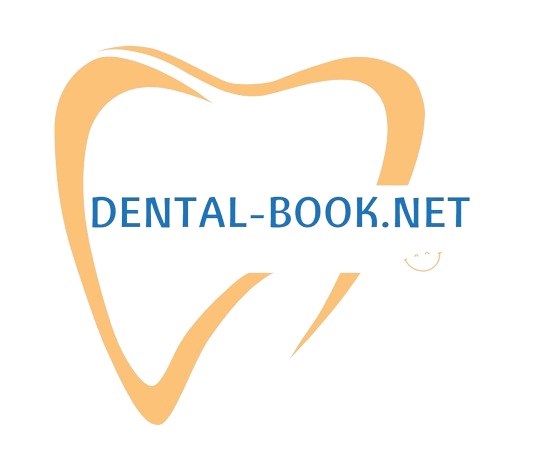

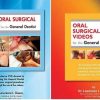

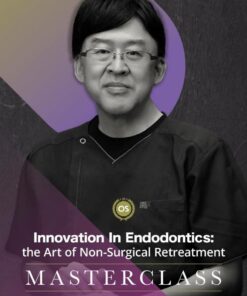
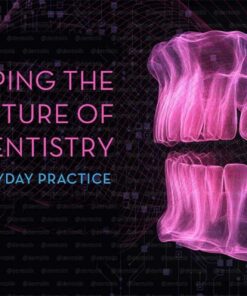
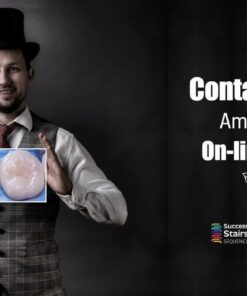



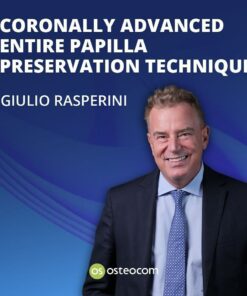
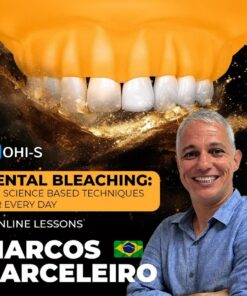
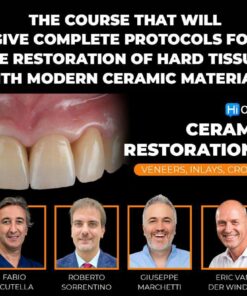
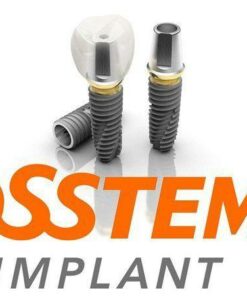
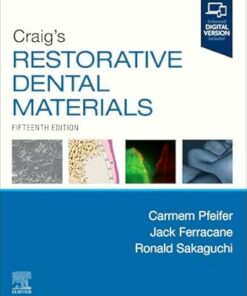

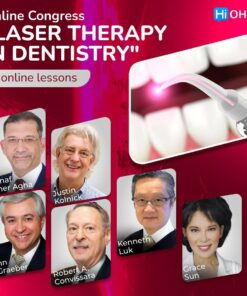


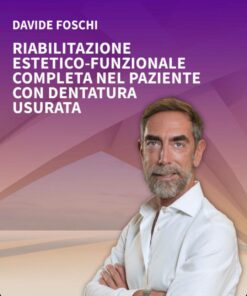

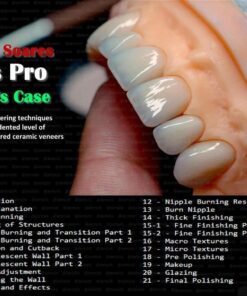




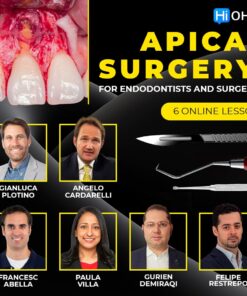
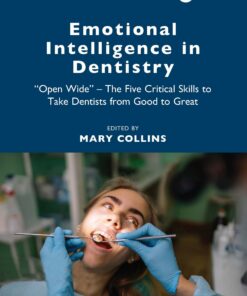

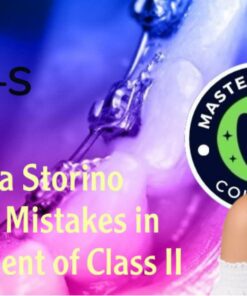
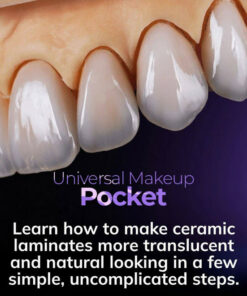

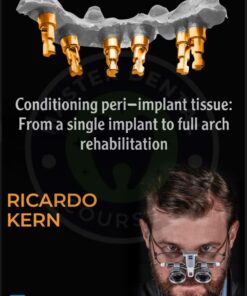
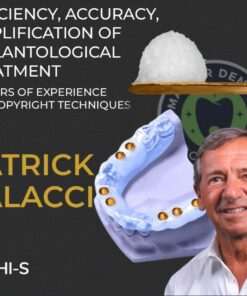
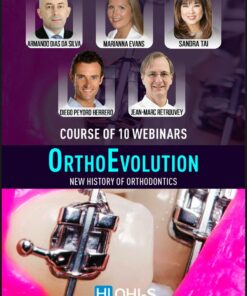

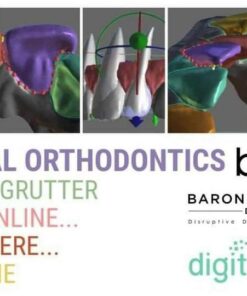
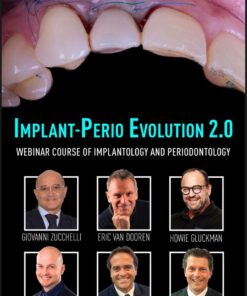
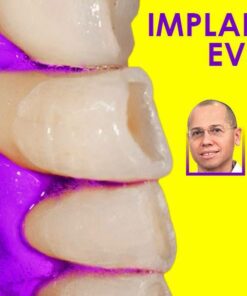
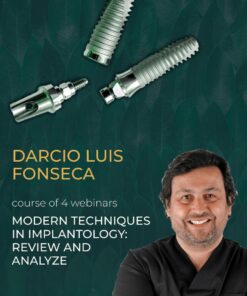
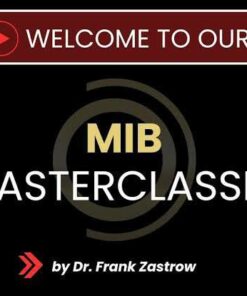

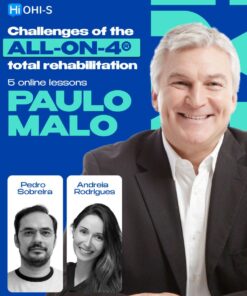
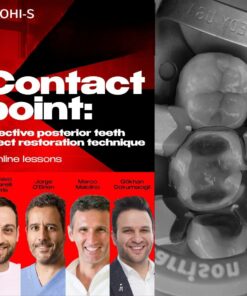



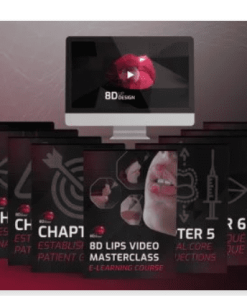
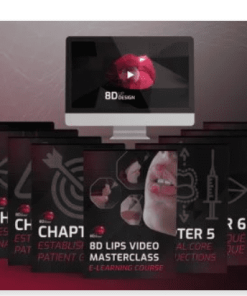

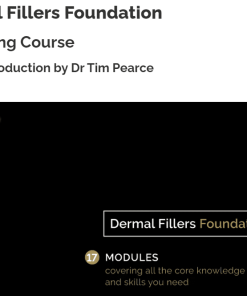
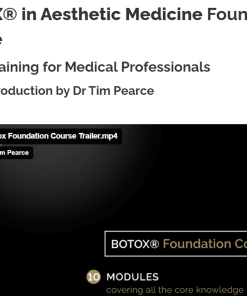
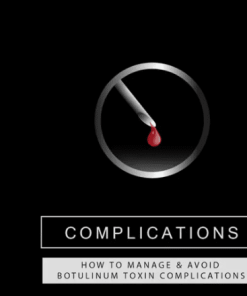


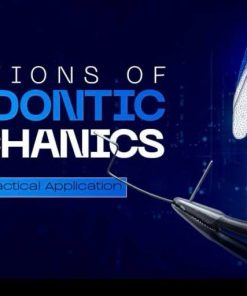

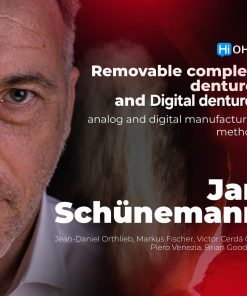

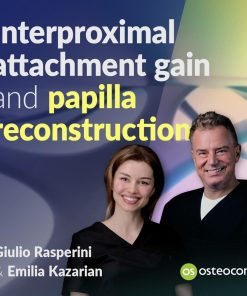
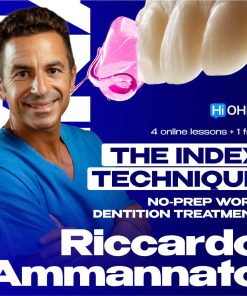
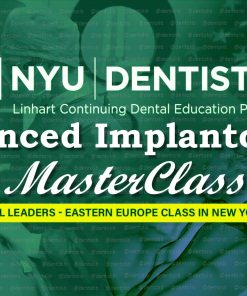
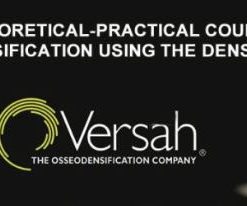

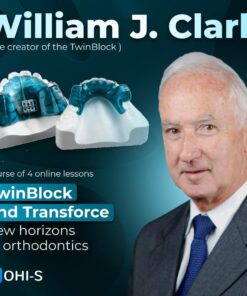
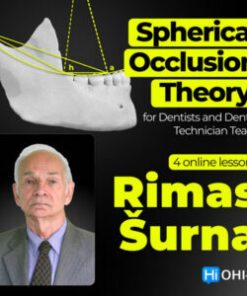
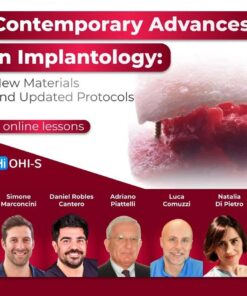
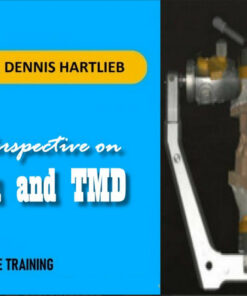
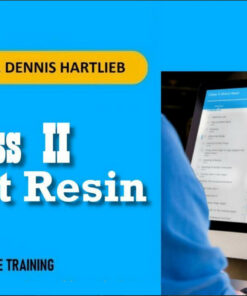
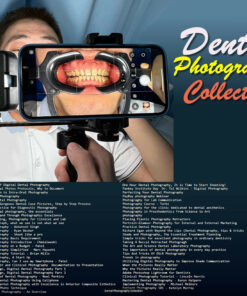
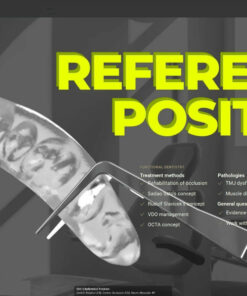
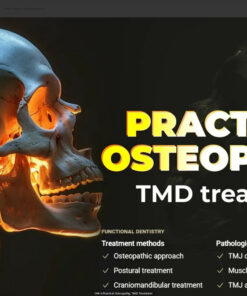

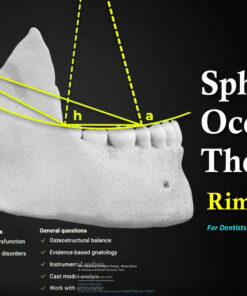

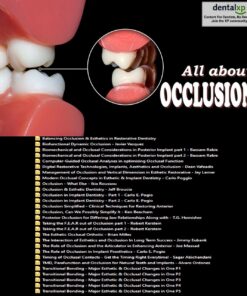
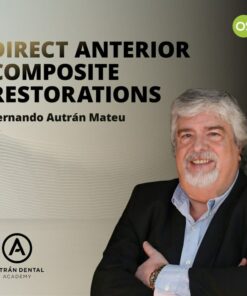
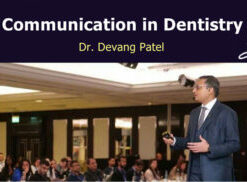

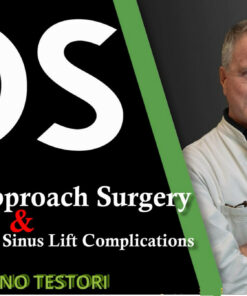
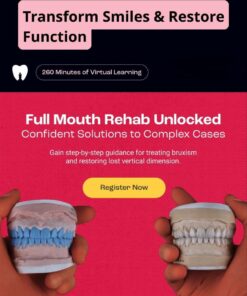
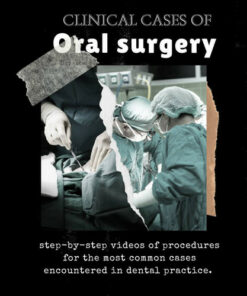

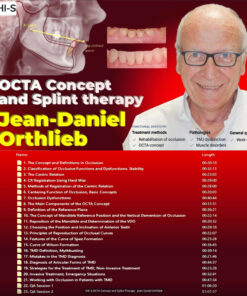
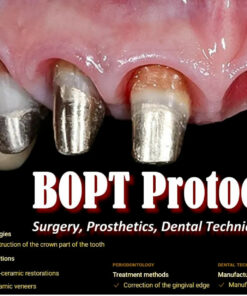
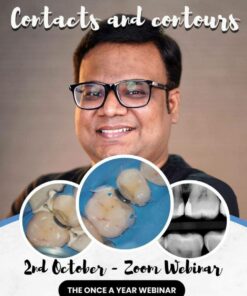
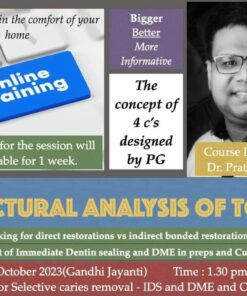

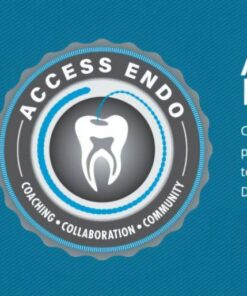
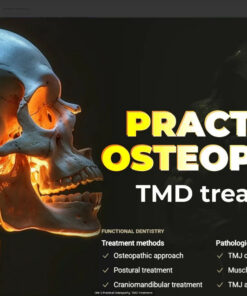
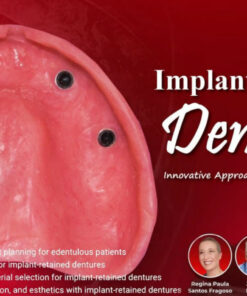
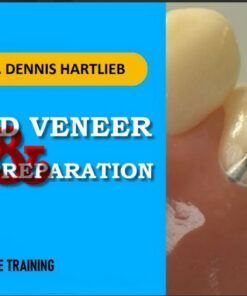

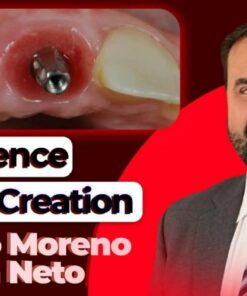
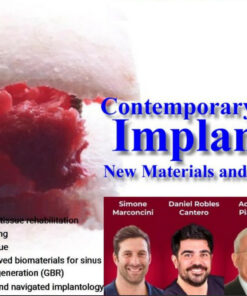
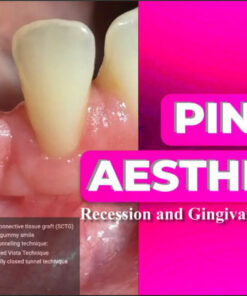

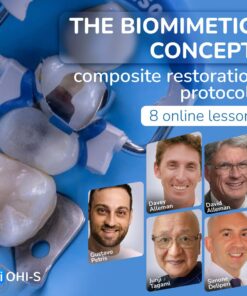
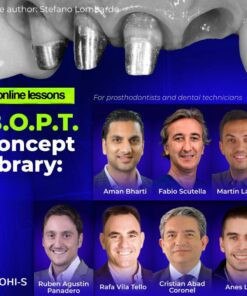
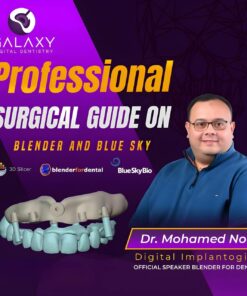
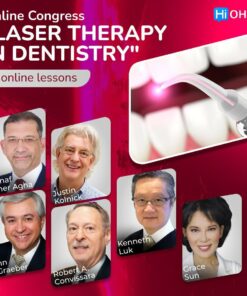

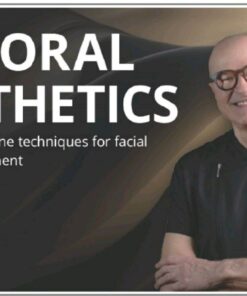
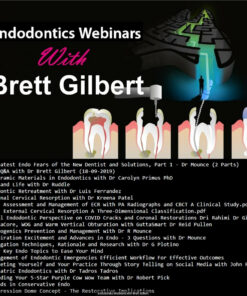
Reviews
There are no reviews yet.